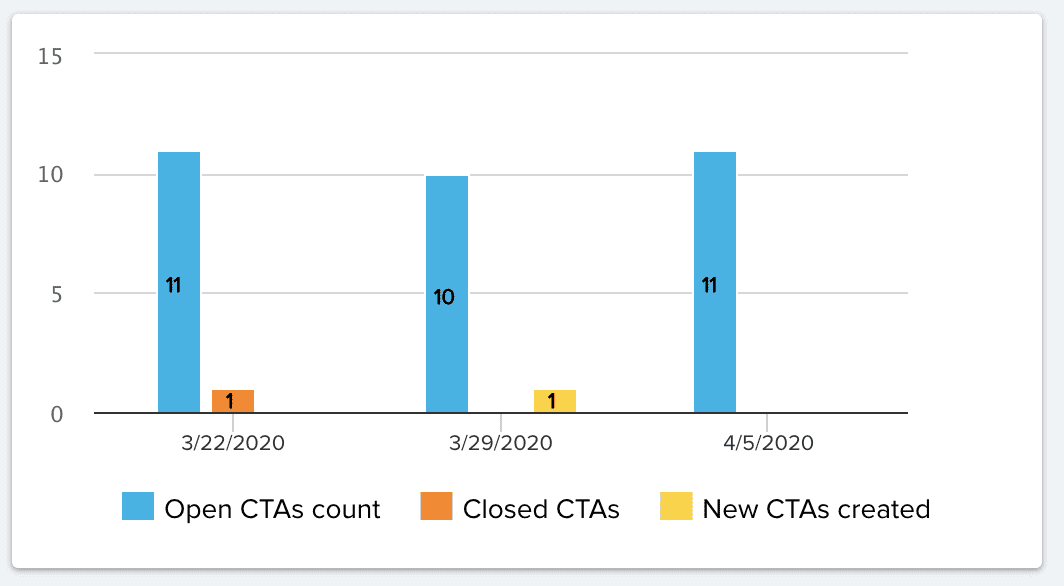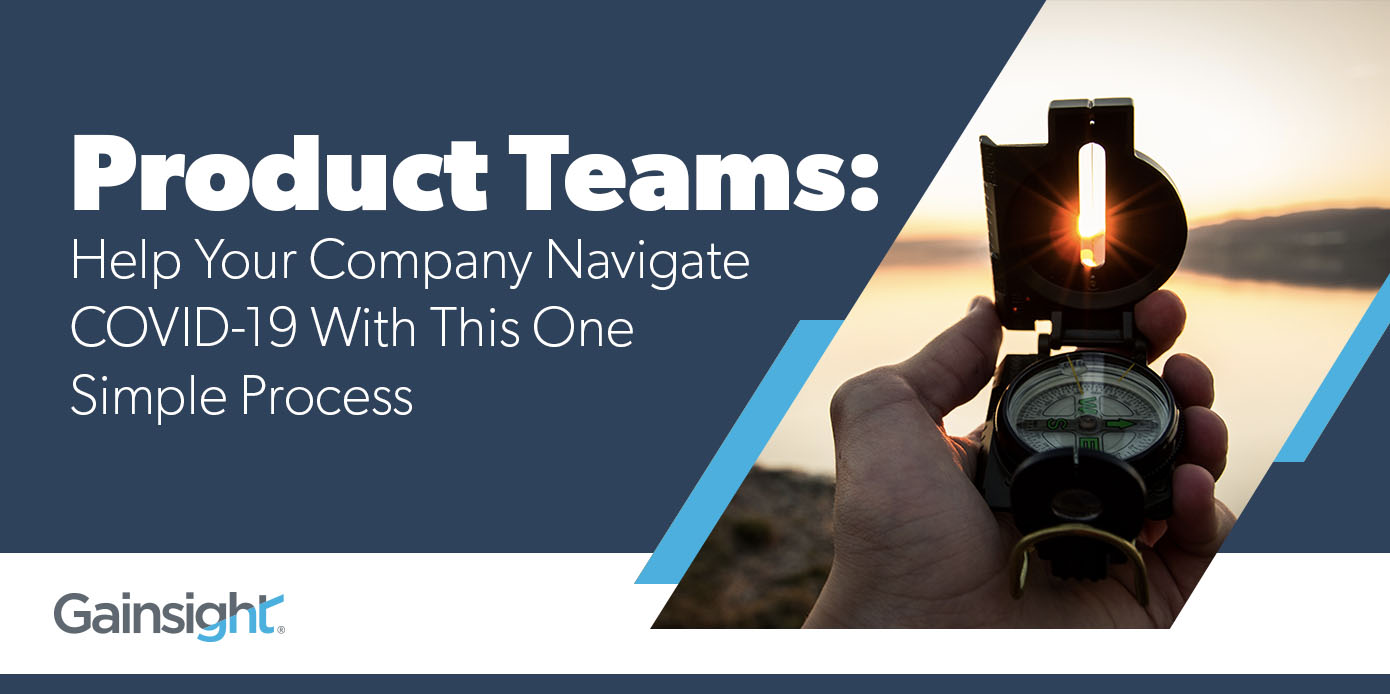Unless you are in one of a few select industries — video conferencing, distance learning, security or certain healthcare companies etc. — COVID-19 is likely to put a big dent in your growth. Much worse, companies are at high risk of losing the customers they already have. The number one imperative for every company right now is retaining their customers.
There are lots of critically important things that product teams can do to help with retention during this period, including:
- Provide detailed adoption data to spot trends and identify at-risk customers
- Deliver messages or surveys in-app to keep your customers informed or gather key information to support them better
- Make sure that your technical operations are top-notch so that you deliver for your customers at this crucial time
While these things are essential, the most powerful tool product teams have is prioritizing the work of engineering teams. How can we marshal our engineering capacity to the fight for customer retention and through that for our company’s survival? Obviously, a strong roadmap that adds valuable features and improves quality will help with retention. But that is over the long term—COVID and COVID-related churn is a problem right now. What can we do to make a difference right now?
The trick is to leverage your customer-facing teams to identify discrete product changes that will impact specific customer renewals. At Gainsight, we have saved millions of dollars of renewals using our Product Risk Process. We have implemented the process using our own product and I will explain it in that context but the ideas are general and you can set up the process using the product assessment tools of your liking.
Step 1: CSMs file Product Risks and PMs triage them
When a Customer Success Manager realizes that a customer is at risk due to a product limitation, they create a Product Risk. In Gainsight’s CS product, this is done using a Call to Action (CTA) using a custom type called Product Risk. The CSM provides the business context—essentially explaining why this product gap is putting the customer at risk—and links any associated (renewal or expansion) Opportunities. The CTA is assigned to the Product Management leader in charge of the process who will typically reach out to the CSM to make sure that they have full information before either accepting or rejecting the Risk.

There are a few very important things to keep in mind.
- Product Risks (PRs) are not the same as (normal) feature requests. Product Risks should be used for blocker items that prevent the customer from getting value in their use case or environment or from expanding to additional use cases.
- Product Risks are also not the same as escalated defects. If a customer encounters a bug, it should be escalated through support in the usual way. (However, one classic scenario for a Product Risk is when the product is working as designed but from the customer perspective, the behavior is a bug that blocks them. We refer to these feature/bug hybrids as beatures.)
- Not every Product Risk is accepted. If the ask is huge or incompatible with the product direction and/or the customer is small, the Product Risk will be rejected.
Don’t worry, you won’t be overwhelmed with improper PRs. Your CSMs will quickly get the idea that these are a ‘break glass in case of emergency’ tool and not load you up with regular feature requests.
Step 2: Product Risk is assigned to a PM who works with engineering to develop a proposal and validate it with the customer
CTAs in Gainsight always have an Owner. For Product Risks, the Owner is a Product Manager. Their job is to work with engineering on a product response and, crucially, meet directly with the customer to get any clarification needed and validate that the proposed enhancement will meet the customer’s needs. As with all product work, the key is to solve the underlying problem, not build exactly what the customer asks for. I suggest that the PM get explicit confirmation from the customer (in writing) that “If we build what I have shown you, it will address your needs.”
Step 3: Product Risk is taken up by Engineering on Priority; PM delivers Weekly updates
Once the solution for the PR is validated, it moves to the top of the priority list for engineering. This is the most uncomfortable part. There is inevitable disruption to ongoing projects— it hurts. Changing priorities suddenly like this isn’t great in general. But customer retention is imperative, especially in a downturn!
While engineering writes and tests the code, the PM delivers weekly updates, keeping the CSM (and everybody else) up to date on the progress. In Gainsight CS, CTAs are integrated with our Timeline feature through which status updates are distributed and asynchronous collaboration can happen between the CSM and PM.
If you are introducing a Product Risk process for the first time, I recommend a weekly meeting among PMs to review all open Product Risks. This emphasizes PM accountability and facilitates full visibility across PMs. We held such a meeting every week for many years at Gainsight and it was one of the most important meetings we held. Over time, we got so good at using our Timeline functionality that we were able to retire that meeting and manage PRs entirely via our tools. Either way, the key to the success of the process is clear ownership and accountability for each Product Risk.

Step 4: Sign off from customer and close the Risk
Once Engineering completes work on the PR, the Product Manager who owns the risk needs to confirm with the customer that they have access to the enhancement and that it is working for them. Sometimes this communication is directly between the PM and the customer. In other cases, the CSM handles this part. Who communicates to the customer may vary, but since our Product Managers and CSMs are so tightly aligned along the process, the resulting effect is the same. Either way, only after this is done can the PM close the Product Risk CTA. At this point, the enhancements done in response to the PR become part of a regular product release for the benefit of all customers.
A crucial part of making this step smooth is tight alignment between the product and customer teams. Because of the urgency and sensitivity of the Product Risk, the PM and CSM are having explicit communications via Timeline posts or live meetings. But ideally this should build on a foundation of common data about customers.
Step 5: Reporting
As with any important business process, the leader in charge of it needs access to reports to track it. Here is a small piece of extensive reporting we do at Gainsight, in this case tracking the in-flow and out-flow of product risks and how many we have open on a weekly basis.

With companies at risk due to COVID-19, product and engineering teams need to do their part to help with the key challenge of customer retention. The Product Risk process is a straightforward but powerful way to organize your efforts while aligning with your CSM team.
And it’s even better than that. More than four years after introducing our Product Risk process I can confidently say that many of our most important enhancements had their spark in a Product Risk. It turns out that if something is so important for one customer that they risk churning if you don’t meet their needs, it is quite likely that it is also important for other customers. To learn more about crucial ways Customer Success and Product teams can work better together, please register for an upcoming webinar on this topic here.

